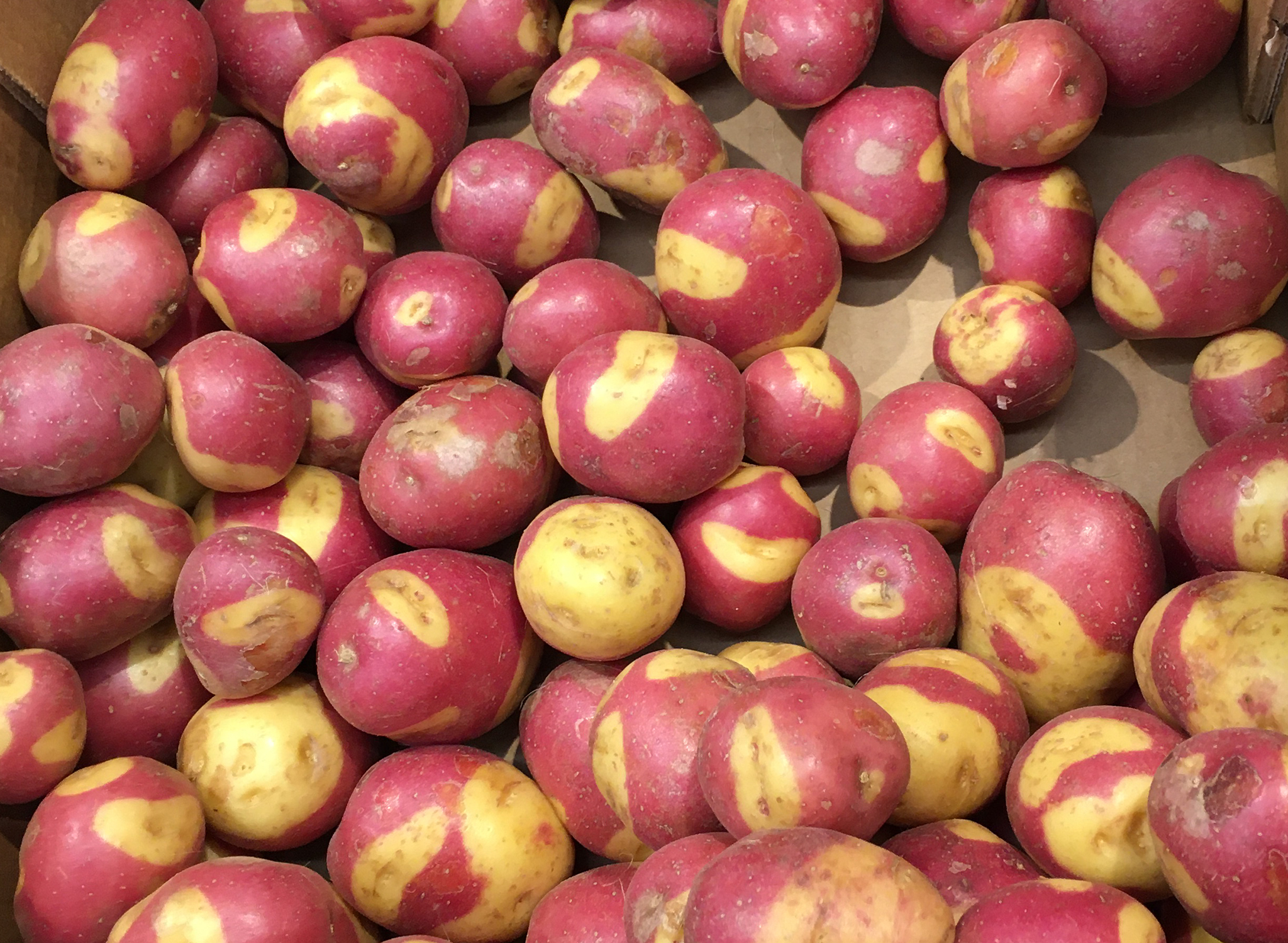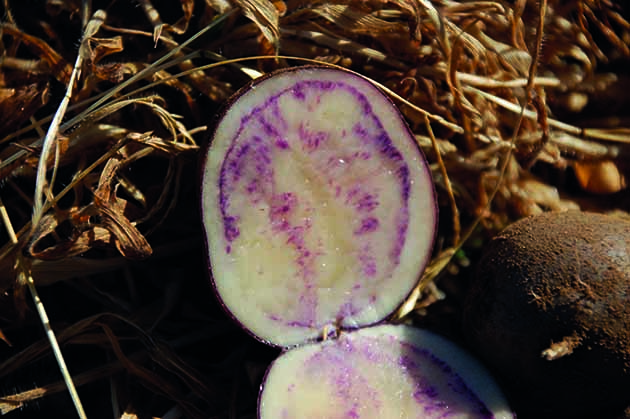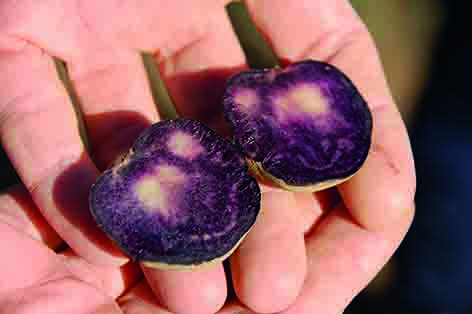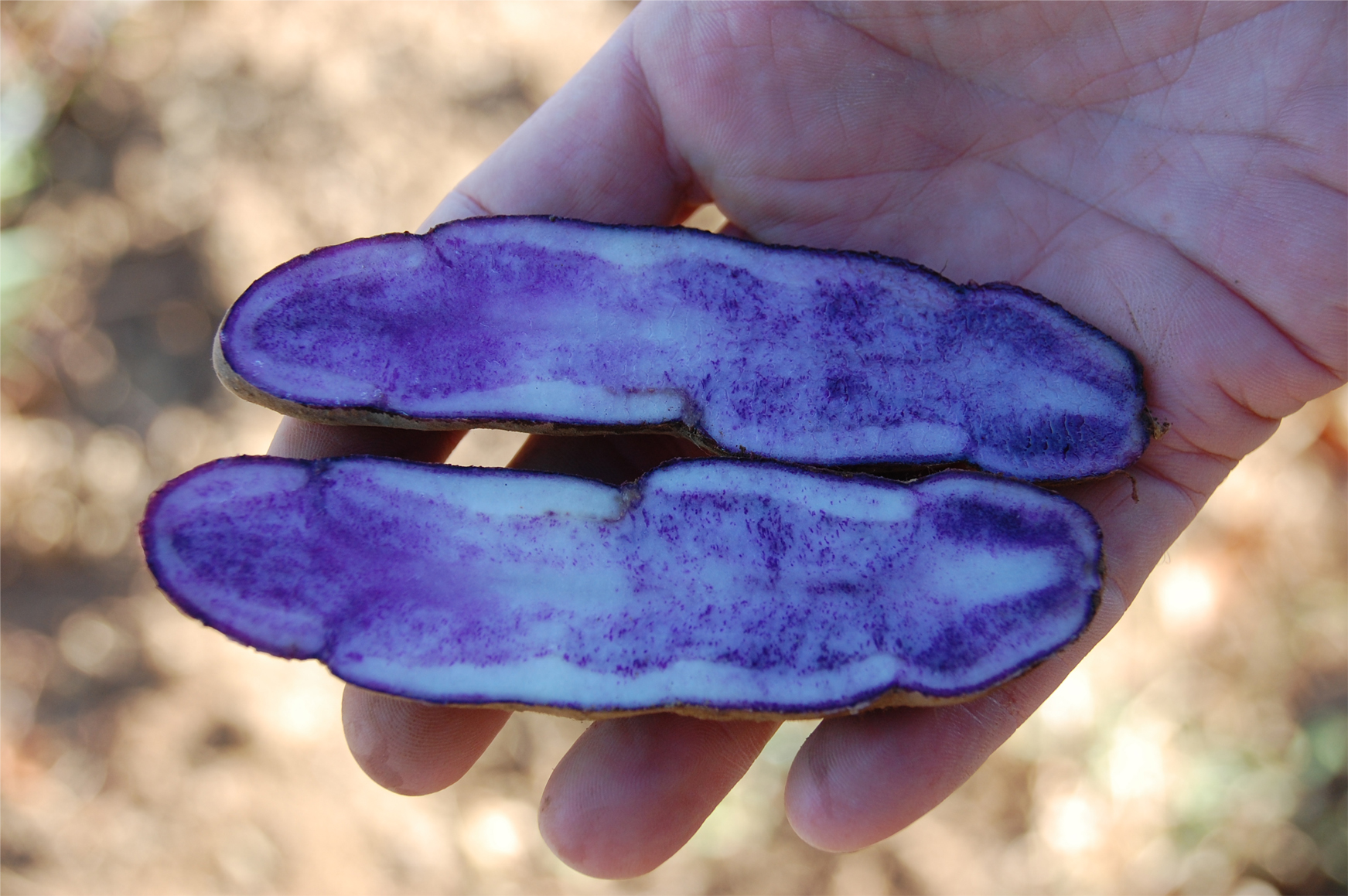Colorful potatoes are not only beautiful to look at, but also health-promoting. The tubers contain higher concentrations of colored, secondary plant metabolites, so-called anthocyanins, than their pale counterparts. To make these anthocyanins accessible to many people, the project “MoMaPo“ (Molecular markers for the generation of potatoes with enhanced anthocyanin content) is developing molecular tools for the targeted breeding of such potatoes.
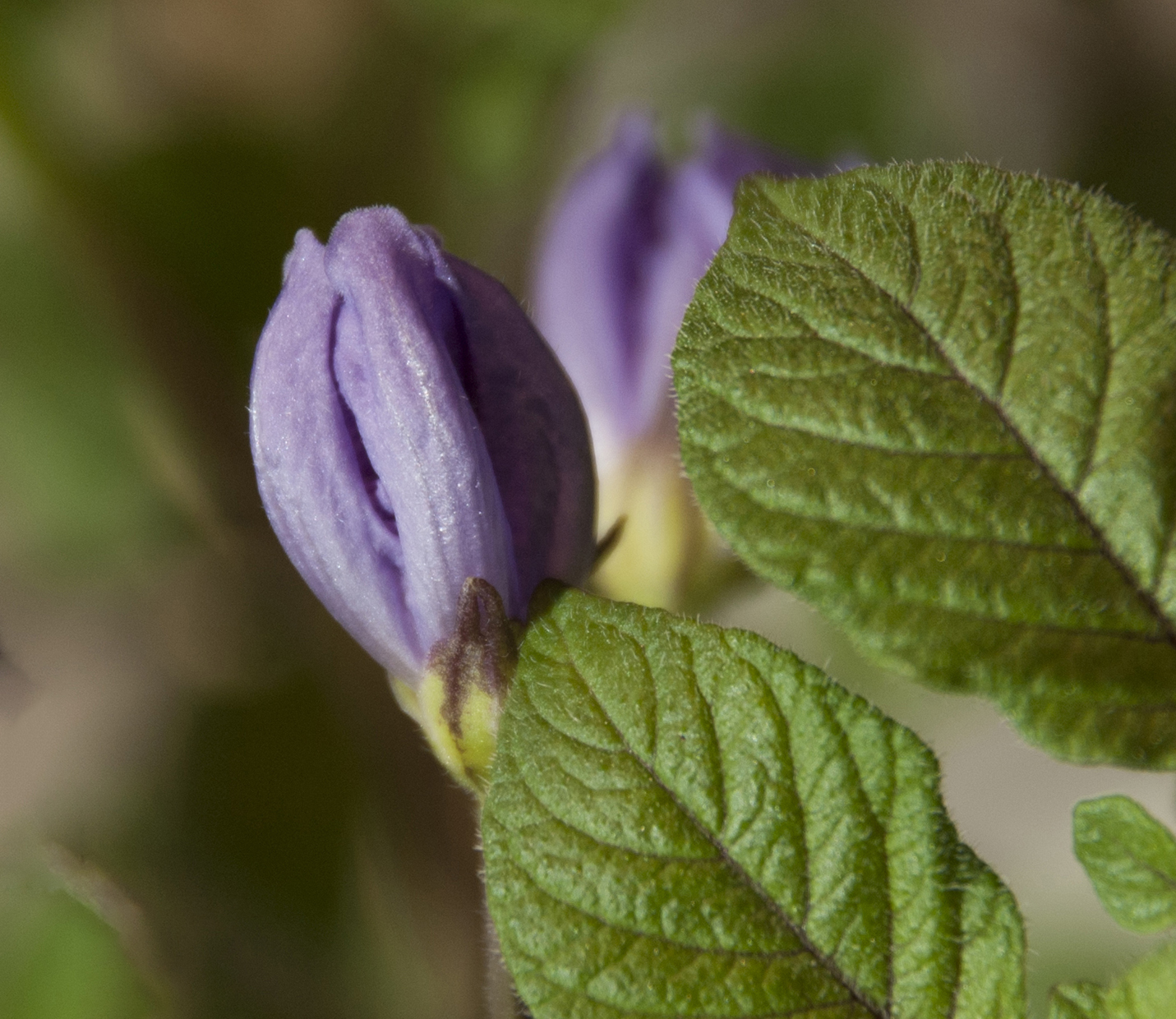
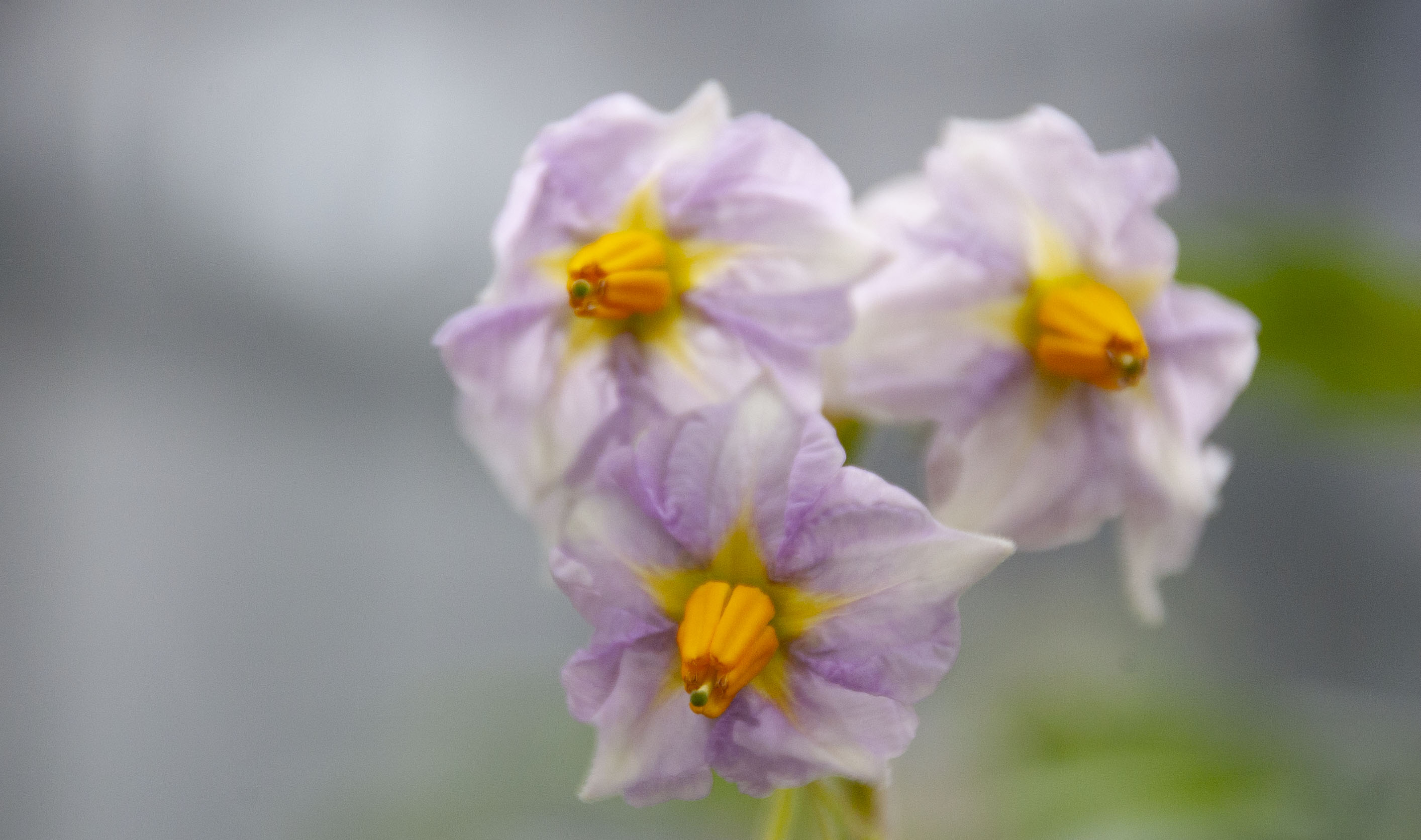
Secondary plant metabolites in human nutrition
Even in industrialized countries with an excellent food supply and variety, fruit and vegetable consumption is often relatively low and well below internationally recommended amounts. We cover most of our diet with a few basic foods such as rice, corn, wheat and potatoes. A predominantly plant-based human diet, especially if based on fruits and vegetables, can make a valuable contribution to human health. Since in addition to the classic macronutrients carbohydrates, proteins and fats, plant foods always contain secondary plant metabolites.
Secondary plant metabolites are organic compounds that are generally found in specialized cells where they play an important role for the entire plant, e.g. in protecting it from predators or through their attractive coloration. Many of the secondary plant metabolites also have positive effects on human health, which scientists are taking advantage of. For example, many pharmaceuticals are based on plant secondary metabolites. But even today, the mechanisms of action of some secondary plant metabolites are still obscure. One large group of secondary plant metabolites are the water-soluble anthocyanins, which belong to the group of flavonoids. They are found in cell sap of almost all higher plants. They also occur in the flowers and fruits, where they are responsible for the partly intensive red, violet or blue coloring. Hence, their name. It consists of two parts: Ánthos, the ancient Greek word for flower, and kyáneos, the ancient Greek word for dark blue or dark color.
Anthocyanins have three main functions in plants: They absorb the short wavelength UV light of the sun and and re-emit the radiant energy as heat. This is how proteins and DNA molecules in the cells are protected from the harmful effect of the UV rays. In addition, the intense coloring attracts insects and other animals. Thereby ensuring the propagation and distribution of the plants. The anthocyanins also have a strong antioxidant effect. If the plant is exposed to oxidative stress, free radicals are formed, among other things, which react with oxygen molecules to form reactive oxygen radicals and have a negative effect on the plant's metabolism. Free radicals are also suspected of being associated with various diseases in humans. Anthocyanins are able to render free radicals harmless and are therefore said to have health-promoting effects. Studies in humans and animals have shown that anthocyanins have anti-inflammatory, anti-viral and anti-carcinogenic properties. In addition, positive effects on cardiovascular disease, obesity, increased cholesterol levels and memory performance were observed.
Most staple foods, such as wheat or rice, are relatively poor in anthocyanins, so fruit and vegetables are currently the main source of anthocyanins in human nutrition. Potatoes are an exception, as old, lesser known blue- and red-fleshed potato varieties whose color is due to the presence of anthocyanins exist, in addition to the yellow- and white-fleshed ones.
Especially in South America many colored old landraces are still to be found, which can be used for the breeding of modern efficient potato varieties with a high content of anthocyanins.
 Fraunhofer Institute for Molecular Biology and Applied Ecology IME
Fraunhofer Institute for Molecular Biology and Applied Ecology IME